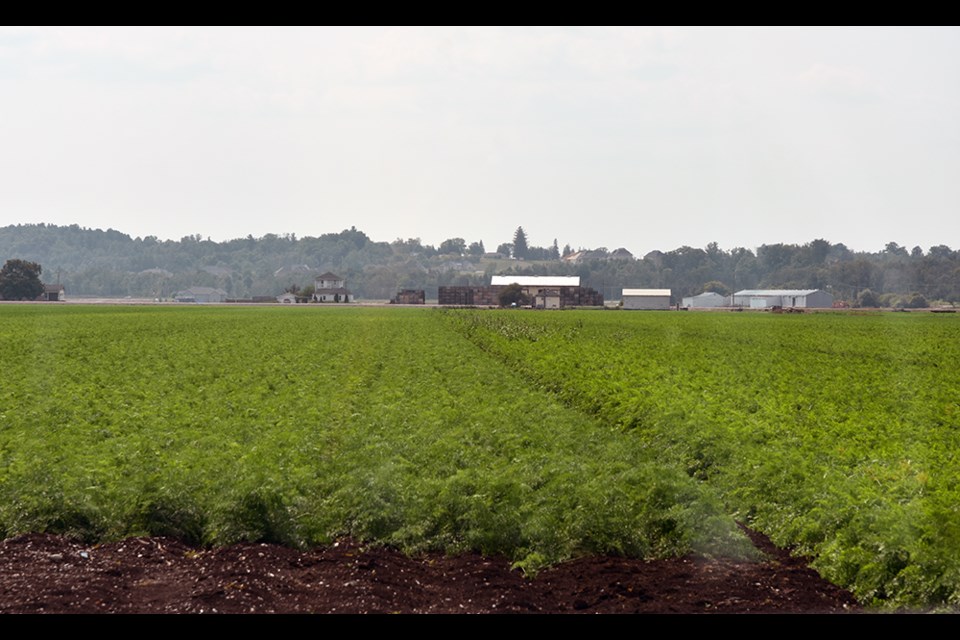Did you know…
In 1825, Scottish author John Galt travelled to Upper Canada as a commissioner of the Canada Company, which had a scheme to purchase crown and clergy reserve lands, and resell them to settlers at a profit. While the company did purchase 1.3 million acres (about 526,000 hectares) throughout the Huron Tract wilderness, Galt wasn’t impressed with everything he saw. He called the Holland Marsh “a mere ditch, swarming with mosquitoes, flies, bullfrogs and water snakes.”
For decades, the Holland Marsh was used for logging, hunting and trapping - and moonshine. Impenetrable, it was a safe place to set up an illegal still.
The first economic boom in the Holland Marsh came with the harvesting of “marsh hay,” used to stuff mattresses. It was in the 1880s that Paul Courier and sons-in-law Charlie LaVine and Joe LeDuc, workers in the sawmills of Amsterdam (a settlement on the east side of the Holland River), recognized the value of the crop. Early harvesting was done by hand, using scythes. Later, horses equipped with flat wooden “skis” to keep them from sinking into the muck soil were used to pull the mowers. Later still, the industry mechanized – using “light tractors,” made from cars or trucks, to harvest and bale the hay which was taken from the marsh by scow.
Haying was a big industry. From 1914 to 1922, it was estimated that 750 hectares were cut each year, yielding more than 1,200 tons of hay. Ben Collings had one of the largest operations, after initially purchasing nearly 230 hectares of marshland from Sir William Mulock and opening his own mattress factory in Bradford. The factory remained in operation until about 1950, when synthetic materials replaced hay in mattresses and as a packing material. The building, on Holland Street West, is still standing, and it now houses a Domino’s Pizza.
In 1909, Bradford grocer W.D. Watson approached William Henry Day, a professor at the Ontario Agricultural College, about the feasibility of draining and “reclaiming” the swamp for agriculture. In 1910, Day and engineer Alex Baird first proposed a polder system to lower water levels within the dykes, and make cultivation of the Holland Marsh possible, but it was not until 1925 that work began on the drainage scheme that would reclaim 2,914 hectares for agriculture. Despite technical difficulties, floods, taxation and the Great Depression, Day always believed in the scheme. In 1926, his 15-hectare KingGwillBra Gardens grew crops of celery and lettuce for the Toronto market - proving that farming the muck soil could be profitable. Day predicted the marsh would produce $2 million to $3 million in produce per year – but during the Depression, farmers sold produce for less than the cost of production. It was not until the Second Word War that prosperity returned. Today, there are 125 farms that grow more than 60 crops, valued at more than $450 million each year.
Sources: Archives at the BWG Public Library; Governor Simcoe Slept Here: Legacy of West Gwillimbury; Bibliographi.ca; hollandmarshgold.ca, and the late George Jackson.

